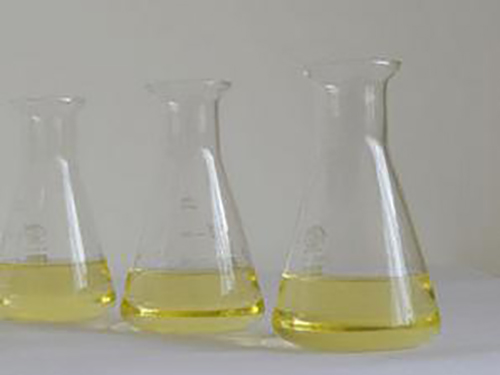Effective Chemical Coagulation and Flocculation Techniques for Water Purification and Treatment Processes
Chemical Coagulation and Flocculation in Water Treatment
Water treatment is a critical process to ensure the safety and quality of drinking water, especially in areas where natural water sources may contain pollutants and impurities. Among the various methods employed in water treatment, chemical coagulation and flocculation stand out as highly effective techniques for removing suspended particles, colloids, and other contaminants. This process involves the addition of specific chemicals to facilitate the aggregation of particles, leading to their subsequent removal.
The first step in this process, coagulation, involves the addition of coagulants, typically metal salts like aluminum sulfate (alum) or iron salts, to the water. These coagulants serve to destabilize the negatively charged particles that are suspended in the water. Under normal circumstances, these particles repel each other due to their similar charges, preventing them from coming together. However, when coagulants are introduced, they neutralize the charges, allowing the particles to begin aggregating.
Once coagulation has occurred, the next phase is flocculation. This stage involves gentle stirring of the water to encourage the newly formed particles, referred to as flocs, to collide and bind together into larger aggregates. Flocculation is crucial because larger flocs can be more easily removed during subsequent filtration processes. The flocculation process often involves the use of flocculants, which are polymers that help to enhance the aggregation of particles by bridging between them and promoting the formation of larger clumps.
chemical coagulation and flocculation water treatment

The effectiveness of coagulation and flocculation depends on various factors, including the type and dose of chemicals used, the pH of the water, the mixing intensity, and the temperature. Each of these parameters can significantly influence the overall performance of the treatment process. Proper optimization of these factors is necessary for achieving the desired water quality standards.
Following the flocculation phase, the water undergoes clarification, where the larger flocs settle to the bottom of the treatment tank due to gravity, forming a sludge layer. This sludge must be removed periodically to maintain the efficiency of the treatment process. The clarified water, with a significantly reduced concentration of suspended solids and contaminants, can then proceed to further treatment stages, such as filtration, disinfection, and distribution.
Chemical coagulation and flocculation offer several advantages in the water treatment process. They can be applied to a wide range of water sources, effectively removing turbidity and improving water clarity. Additionally, these methods can remove microorganisms and some dissolved organic compounds, enhancing the overall safety of drinking water. However, the introduction of chemicals into the water treatment process also raises concerns about chemical residues and potential environmental impacts. Careful monitoring and adherence to regulatory standards are essential to mitigate these risks.
In conclusion, chemical coagulation and flocculation play a vital role in the water treatment process. By effectively removing suspended particles and improving water quality, these techniques contribute significantly to public health and environmental safety. As water resources become increasingly threatened by pollution and population growth, the importance of robust water treatment methods, including coagulation and flocculation, cannot be overstated. Ongoing research and innovation in this field will continue to enhance the efficiency and sustainability of water treatment practices, ensuring safe and clean water for future generations.
-
Water Treatment with Flocculant Water TreatmentNewsJun.12,2025
-
Polymaleic AnhydrideNewsJun.12,2025
-
Polyaspartic AcidNewsJun.12,2025
-
Enhance Industrial Processes with IsothiazolinonesNewsJun.12,2025
-
Enhance Industrial Processes with PBTCA SolutionsNewsJun.12,2025
-
Dodecyldimethylbenzylammonium Chloride SolutionsNewsJun.12,2025





